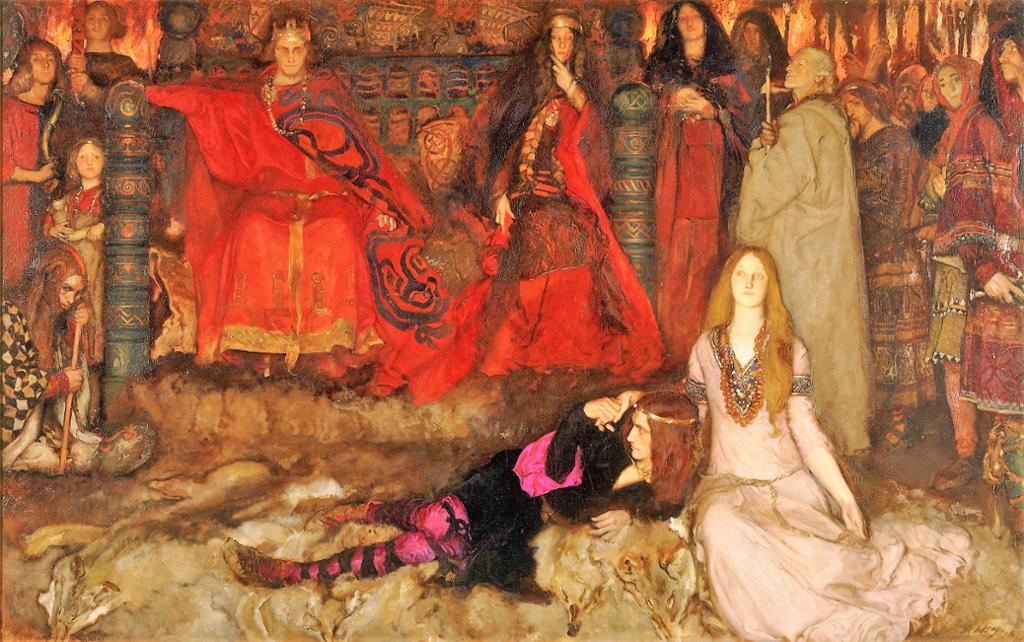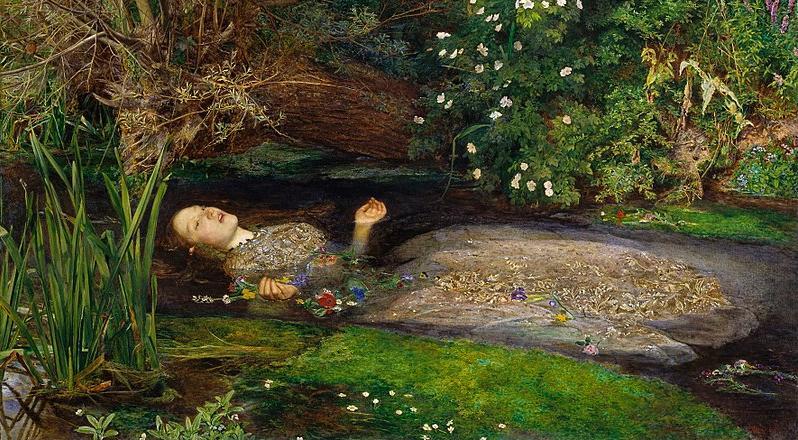'To Be or Not to Be' by William Shakespeare

Before you start reading, discuss in groups or in class:
Do you know anything about the life of William Shakespeare?
Why is William Shakespeare considered one of the most important playwrights of all time? What makes him different from other writers?
Mention as many of his plays as possible. What do you know about these plays?
Did Shakespeare write in other genres, or did he just write plays?

In a soliloquy, a character speaks to themselves, relating their inner thoughts and feelings out loud and debating their inner arguments with themselves. The thoughts are shared with the audience, but not with other characters in the play. Soliloquies were commonplace in drama for a long time, but they went out of fashion when drama shifted towards realism in the late 18th century.
In Shakespeare's plays, you will find several soliloquies, and they contain some of his most powerful writing. The soliloquies are essential to the presentation of the stories. They provide the opportunity to tell the audience specific pieces of information that cannot be disclosed through normal conversation. Also, they give the audience unique glimpses into the personalities of the characters. Through these speeches, we see how the characters wrestle with their private thoughts, often failing to perceive the flaws in their own thinking. They dive deep into the character's soul, exploring their hopes, despair, and desperation.

In Hamlet, there are five soliloquies spoken by the main character. Each soliloquy advances the plot by revealing Hamlet’s inner thoughts to the audience, step by step. In act 3, scene 1, we find the most famous soliloquy, not only in Hamlet, but in all of Shakespeare's writing: "To be, or not to be, that is the question...". Hamlet struggles to make sense of all the chaos in his head and everything that happens around him, and through this important passage in the play Shakespeare allows us to hear exactly what the protagonist is going through. The audience becomes his confidant.
In order to understand the meaning and depth of this soliloquy, you also have to understand the context in which it is delivered. The best way to understand the full story is to watch Hamlet on stage or film; there are several good film adaptations of the play.
While reading, you may want to watch a recitation of the soliloquy. Below, you will find a link to a video on YouTube where David Tennant is doing his version of the speech:
Link to YouTube: David Tennant performing the soliloquy "To Be or Not to Be"
Note that we have divided the text into passages to illustrate where one thought ends and a new thought begins.
To be, or not to be, that is the question,
Whether 'tis nobler in the mind to suffer
The slings and arrows of outrageous fortune,
Or to take arms against a sea of troubles,
And by opposing end them?
To die: to sleep;
No more; and by a sleep to say we end
The heart-ache and the thousand natural shocks
That flesh is heir to, 'tis a consummation
Devoutly to be wish'd.
To die, to sleep;
To sleep: perchance to dream: ay, there's the rub;
For in that sleep of death what dreams may come
When we have shuffled off this mortal coil,
Must give us pause: there's the respect
That makes calamity of so long life;
For who would bear the whips and scorns of time,
The oppressor's wrong, the proud man's contumely,
The pangs of despised love, the law's delay,
The insolence of office and the spurns
That patient merit of the unworthy takes,
When he himself might his quietus make
With a bare bodkin? Who would fardels bear,
To grunt and sweat under a weary life,
But that the dread of something after death,
The undiscover'd country from whose bourn
No traveller returns, puzzles the will
And makes us rather bear those ills we have
Than fly to others that we know not of?
Thus conscience does make cowards of us all;
And thus the native hue of resolution
Is sicklied o'er with the pale cast of thought,
And enterprises of great pith and moment
With this regard their currents turn awry,
And lose the name of action.--Soft you now!
The fair Ophelia! Nymph, in thy orisons
Be all my sins remember'd

If you would like to read more of Hamlet, you will find the entire play on Project Gutenberg.
Link to Project Gutenberg: Hamlet by William Shakespeare
Relatert innhald
These tasks will help you better understand one of the greatest soliloquies in world literature.
In this podcast, you will learn more about the life and work of William Shakespeare.